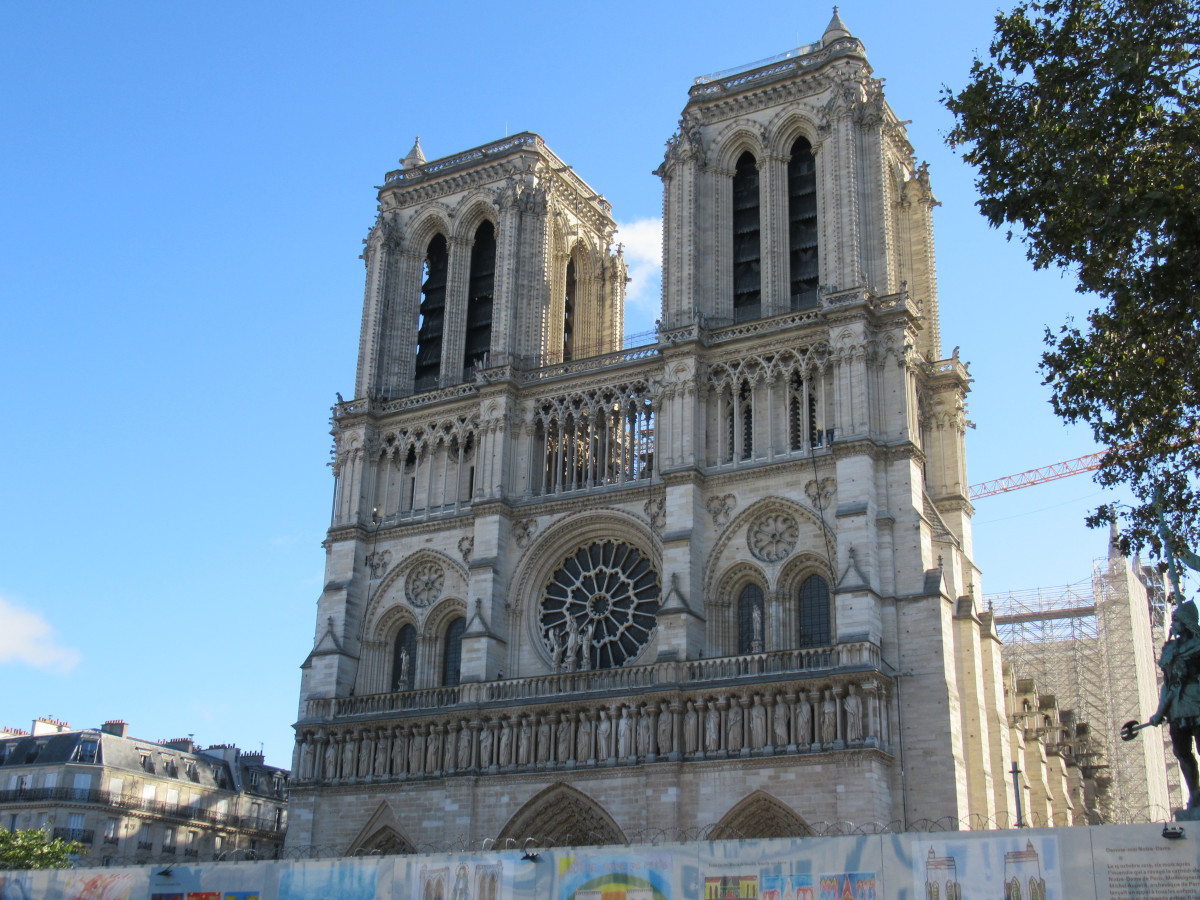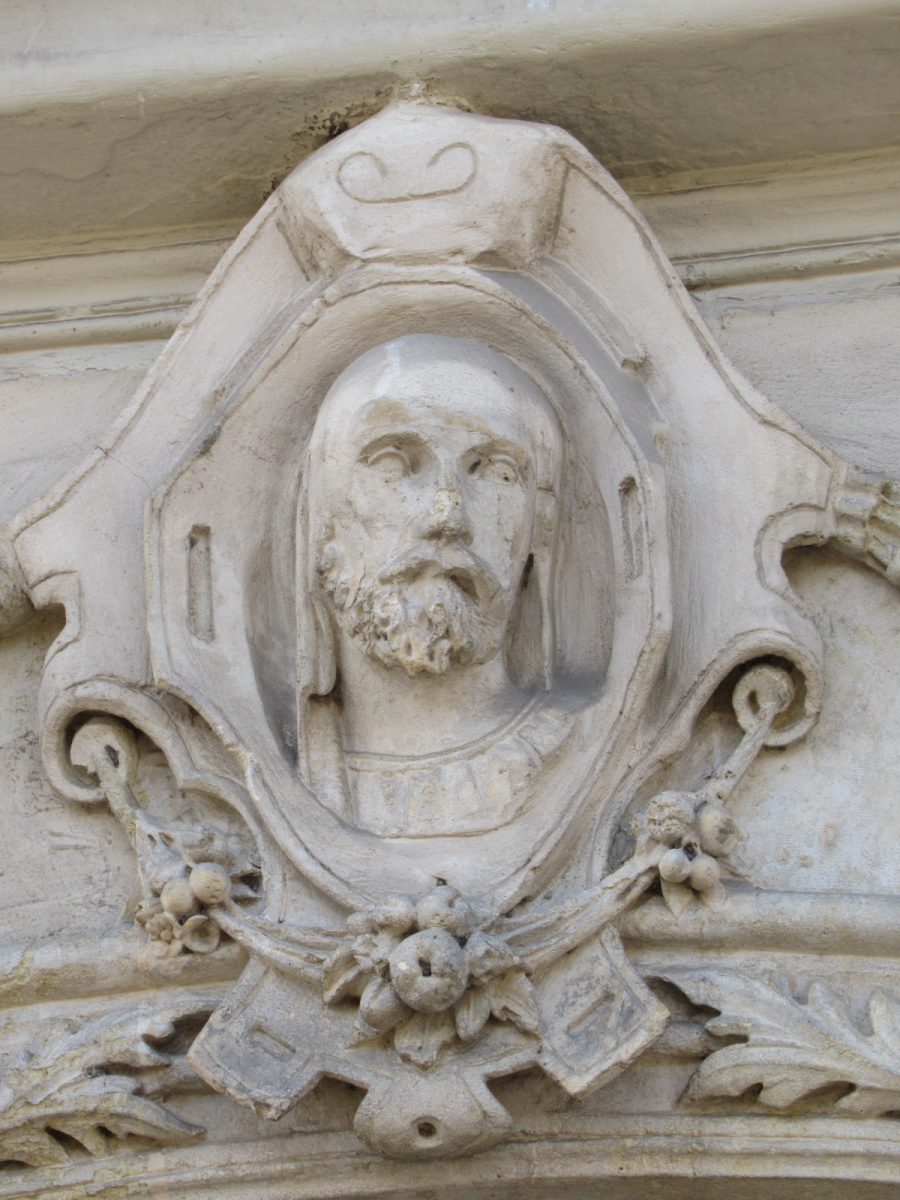The two islands on the River Seine, the Île de la Cité and the Île St-Louis, are the very heart of Paris. A ramble over one or both is an ideal way to start your visit, perhaps beginning on the Pont Neuf, at the eastern end of Île de la Cité, then wending your way past some of the city’s most iconic monuments and across the Pont St Louis to reach the quieter second island, named after the only French king to be sainted, Louis IX.
Ile de la Cité and the city’s oldest bridge



On the Pont Neuf, the oldest bridge in Paris, go down the steps behind the statue of Henri IV who built the bridge, to find the Square du Vert Galant, a little park described by Ernest Hemingway as ‘a point like the bow of a ship’. He described it in his Paris memoir, A Moveable Feast, as being ‘at the water’s edge, with fine chestnut trees, huge and spreading.’ Enjoy this tranquil little spot, where Hemingway liked to fish or sit with bread, sausage and a bottle of wine, reading whatever book he had just bought from the nearby bookstalls, the bouquinistes. Maybe do the same. Or go on one of the boat trips which start from here.
Linger on the Pont Neuf, the beautiful 12 arched bridge completed in 1607, which was once a flourishing centre of commerce, somewhere you could buy books, paintings or flowers, watch jugglers and acrobats, have a tooth extracted by an itinerant dentist or take a risk on a hot air balloon ride. Then make your way onto the Île de la Cité proper, and devise a route from your map which takes in the Conciergerie, the Sainte Chapelle, the flower-market and Notre Dame. These gems remain, although many of the original medieval lanes, houses and churches were swept away in the 19th century when Paris was modernised.
Medieval Treasures



The Conciergerie, one of the few remaining medieval buildings, is a beauty. Its creamy stone walls, towers and turrets are perhaps best seen from the river, but if you go inside, you will find the vast vaulted hallway where medieval kings hosted banquets when it was a royal palace. After the royals moved on in the 14th century, the building became a prison and you can visit the room in which Queen Marie-Antoinette was held while awaiting the trial – also held here – which would condemn her to death. There are a lot more nooks and crannies to explore, plus a detailed and informative display about the French Revolution more generally.
The nearby Sainte Chapelle was once part of the conciergerie, built by the ultra-pious King Louis IX, later Saint Louis, to house the relics – said to include Christ’s Crown of Thorns – he bought from the Emperor of Constantinople on a crusade. They’re no longer kept here, but at Notre Dame. However, the inside of the chapelle is simply stunning: soaring stone ribs holding up over a thousand stained-glass window panels in jewelled colours, some 15 metres high. They tell bible stories from Genesis right up to the resurrection and the very last one shows Louis himself, making his way to Paris with his holy treasures. Classical concerts are staged here and on a sunny evening the setting is transcendental.
A Tale of Romance and Tragedy



While you wander the Île de a Cité, don’t forget to ponder the story of Héloise, the 12th century niece of a canon at Notre Dame, who fell deeply in love with Abelard, her philosophy tutor, so enraging her uncle that he had her lover castrated and sent Héloise off to a convent. The site where she lived, 9, Quai des Fleurs, has a plaque to remember them both, although the house currently there dates from the 19th century.
The couple, separated for life, sent each other passionate letters for over 20 years until he died in 1142. They are buried together in the Père Lachaise Cemetery in the 20th arrondissement. As you stand outside the house, looking up at the sculptured plaques of each, think of these words from one of Abelard’s letters: ‘No degree in love’s progress was left untried by our passion, and if love itself could imagine any wonder as yet unknown, we discovered it.’
The Île Saint-Louis



Behind Notre Dame (covered in our next blogpost), is the Pont St-Louis, the bridge which joins the two islands. The smaller island feels immediately different; no real blockbuster sights, but plenty of atmosphere. It’s so quiet that when Bill Bryson visited, he ‘half expected to find chickens wandering in the road and peasants pushing carts loaded with plague victims.’ The huge 17th century houses ooze class and the residents are said to feel so removed from the rest of the city that they refer to the rest of Paris as ‘le continent.’ Cara Back’s description in her crime novel, Murder on the Île St Louis, sums it up nicely: ‘‘narrow, limestone- facaded townhouses with delicate wrought-iron balconies and high-arched entrances.’
Stroll the Île St-Louis and pop into the church St-Louis-en-l’Île, named after Louis IX, whose statue is inside, brandishing his crusader’s sword. He reigned from 1226 to 1270 and is remembered for his piety: he donned a hair shirt to dine with beggars and attended mass six times a day. Louis was lauded for creating a strong justice system, but he is also castigated for his persecution of the Jews, whom he eventually banished, first from Paris and then from France itself. To recover from these weighty musings, visit the city’s most famous ice-cream parlour, Berthillon, the family-run business, just a minute or two’s walk from the church, where the flavours are exquisite, but the queues can be long.
Listen to the podcast
Suggested reading
A Moveable Feast by Ernest Hemingway
Murder on the Île St-Louis by Cara Black
The Letters of Abelard and Heloise by Michael Clanchy
Heloise and Abelard: A Medieval Love Story by James Burge
Links for this post
Conciergerie
Sainte Chapelle
Notre Dame
The Church of St-Louis-en-l’Île
Berthillon Ice Cream Parlour
Boat Trips on the Seine
Previous Episode Introduction to Paris
Next Episode Two Paris Cathedrals: Notre Dame and Saint Denis
Last Updated on June 25, 2025 by Marian Jones





